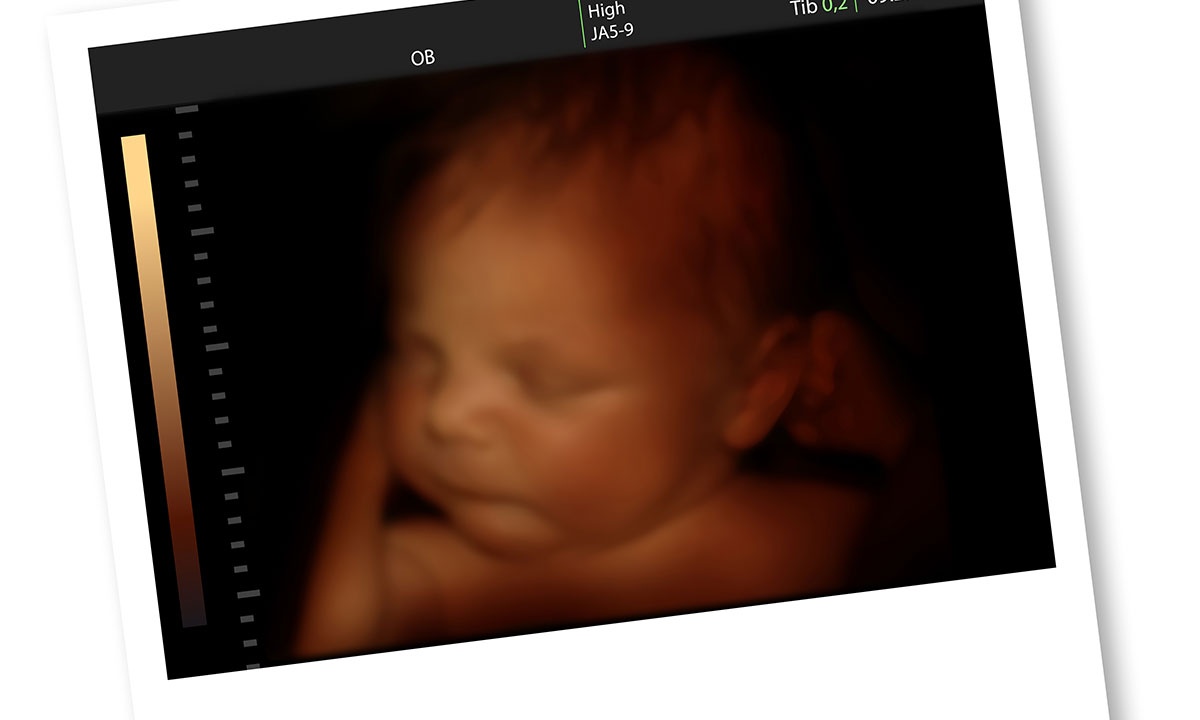CULTURALLY appropriate antenatal care is vital in addressing the high rates of stillbirths among non-white women born overseas, say experts, as new research reveals that migrant women with African and Indian backgrounds are most at risk.
The study, published in the Medical Journal of Australia, analysed routinely collected birth, perinatal and mortality data for all births to non-Indigenous women in Western Australia from 2005 to 2013.
The authors found that stillbirth was more frequent among women born overseas than for Australian-born women (adjusted odds ratio [aOR], 1.26; 95% CI, 1.09–1.37). There was no significant difference for any type of stillbirth between Australian-born women of white and non-white backgrounds, but non-white migrant women were more likely than white migrants to have a stillbirth (OR, 1.42; 95% CI, 1.19–1.70).
Compared with Australian-born women, migrants of Indian (aOR, 1.71; 95% CI, 1.17–2.47), African (aOR, 2.12; 95% CI, 1.46–3.08), and “other” ethnic origins (aOR, 1.43; 95% CI, 1.06–1.93) were more likely to have antepartum stillbirths. Women of African and “other” backgrounds were more likely to have an intrapartum stillbirth.
Professor of obstetrics and gynaecology at Griffith University, David Ellwood, told MJA Insight he was unsurprised by the results. “It is well established that women from ethnically diverse populations tend to have worse outcomes than Australian-born women.”
“It is important to keep this in perspective – we’re talking a risk of stillbirth that is higher than what you might see in the Australian-born population, but these are still very low rates compared to stillbirth rates globally. However, this is a robust study with large numbers and it’s consistent with what other studies have found.”
He said that to help inform future policy, the results should be teased out to find out more about the types of stillbirth, and the underlying reasons behind the stillbirths.
Lead author of the study, Dr Maryam Mozooni from the University of WA, also highlighted the need for an in-depth investigation on the patterns of health care use and of care during pregnancy and labour among these populations.
She told MJA InSight that previous studies conducted both in Australia and internationally have shown that women from ethnic backgrounds can have concerns over some obstetric interventions, such as caesarean section or induction.
“What we observed was that for African women, the proportion of post-term pregnancy was much higher than for Australian-born women, or even Asian migrants. This may reflect lack of access or lower rate of uptake of obstetric interventions.”
Dr Mozooni said that culturally appropriate antenatal engagement and educational programs around the risk of stillbirth and the safety of obstetric interventions are helpful.
Professor Ellwood said that this culturally appropriate antenatal care needs to consider two factors. “It starts with providing care in a way that is accessible because many migrant women are quite isolated, they don’t necessarily drive or have the resources to get to and from hospital – so accessibility is one problem.”
He also highlighted language as a major barrier. “If you look at the information on who speaks English in migrant households, it is often the man going out to work who has the better English.”
To address this, educational resources need to be made available in as many languages as possible to help inform pregnant migrant women.
Dr Mozooni added that “in terms of education, if we can engage this at-risk population early in pregnancy, we can address stillbirth that occurs due to preterm birth, and problems that can occur early in pregnancy and post-term pregnancy.”
Professor Ellwood notes that “we do have models of care that are ideally suited to migrant women, and that is continuity of midwifery care.
“Using a team model, you can overcome some of the accessibility barriers because you can provide antenatal care in the home and, as far as you can, overcome language barriers.
“Ideally, you’d have larger numbers of midwives from culturally and ethnically diverse backgrounds who can provide that care. This isn’t always going to be possible, but the more we can do that the better,” Professor Ellwood said.

 more_vert
more_vert
We know that high BMI is an independent variable for adverse pregnancy outcomes. Further, we know that Asian and Indian BMI normal ranges are lower than for Caucasians. Unless ethno-specific BMI ranges are used to evaluate non-Caucasian women, overweight or obese overseas-born women may be thought to be “normal”. It is therefore possible that this “hidden” obesity in overseas-born women may be a risk factor in higher stillbirth rates.